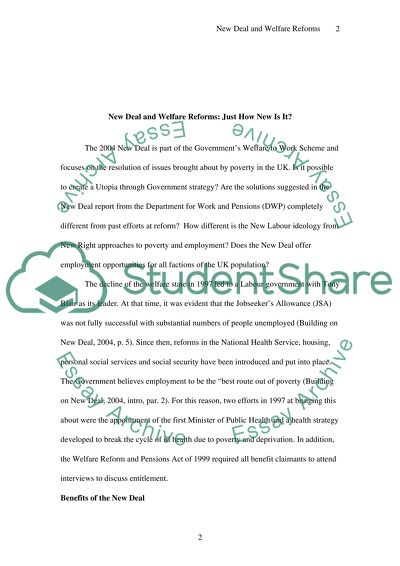Cite this document
(New Deal and Welfare Reforms Coursework Example | Topics and Well Written Essays - 1250 words, n.d.)
New Deal and Welfare Reforms Coursework Example | Topics and Well Written Essays - 1250 words. https://studentshare.org/politics/1531916-new-deal-and-welfare-reforms-just-how-new-is-it
New Deal and Welfare Reforms Coursework Example | Topics and Well Written Essays - 1250 words. https://studentshare.org/politics/1531916-new-deal-and-welfare-reforms-just-how-new-is-it
(New Deal and Welfare Reforms Coursework Example | Topics and Well Written Essays - 1250 Words)
New Deal and Welfare Reforms Coursework Example | Topics and Well Written Essays - 1250 Words. https://studentshare.org/politics/1531916-new-deal-and-welfare-reforms-just-how-new-is-it.
New Deal and Welfare Reforms Coursework Example | Topics and Well Written Essays - 1250 Words. https://studentshare.org/politics/1531916-new-deal-and-welfare-reforms-just-how-new-is-it.
“New Deal and Welfare Reforms Coursework Example | Topics and Well Written Essays - 1250 Words”. https://studentshare.org/politics/1531916-new-deal-and-welfare-reforms-just-how-new-is-it.


